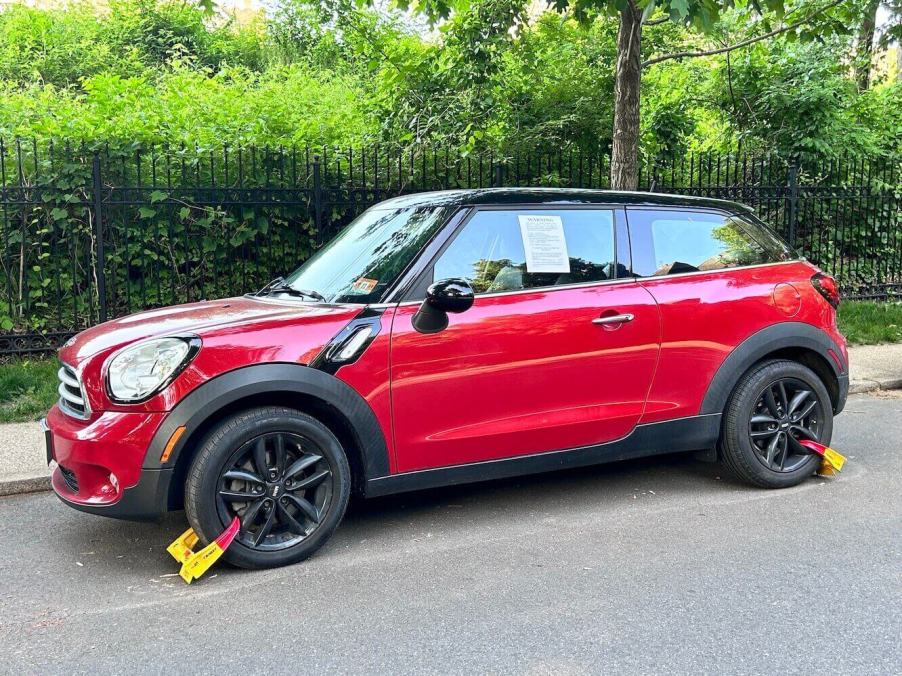
What’s the Most Common Reason for Police Equipping a Car Boot?
The car boot, also known as a wheel clamp, is designed to immobilize a vehicle by securing it around one or more of its wheels. Law enforcement agencies commonly employ this enforcement accessory to address issues related to parking violations and other legal matters. The origins of the car boot can be traced back to the invention of the Denver Boot in the mid-1950s. Today, the most common reason for police equipping a car boot remains the enforcement of parking tickets and violations. However, the device has also found other uses in preventing escape, deterring theft, and addressing legal matters.
The origin of the car boot: the Denver boot

The car boot concept originated in Denver, CO, in the mid-1950s. Frank Marugg, a local mechanic, invented the device known as the Denver Boot. Initially, it was designed to combat the increasing number of parking violations in the city. The Denver Boot was a large, heavy clamp that could be easily attached to the wheel of a car. The success of this invention prompted the adoption of similar devices in other cities and countries around the world.
Most common usage: parking tickets and violations
The main purpose of equipping a car boot by the police remains the enforcement of parking tickets and violations. However, when a vehicle owner accumulates many unpaid parking fines or repeatedly violates parking regulations, the authorities may immobilize their vehicle using that inconvenience clamping device. By doing so, they effectively prevent the car from being driven until the outstanding fines are paid or the violations are addressed.
Additional uses of the car boot
While parking violations are the most common reason for employing a car boot, this device has found utility in various other situations:
Other unpaid fines: They may be used to immobilize vehicles belonging to individuals who have unpaid fines for reasons other than parking violations. This can include fines related to traffic violations, non-payment of taxes, or other legal obligations.
Unpaid lease or loan: In some cases, they may be used to immobilize vehicles that are involved in lease or loan agreements where the lessee or borrower has failed to make the required payments.
Suspended/disabled/paroled driver: Car boots can be used to prevent individuals with suspended licenses, disabled driving privileges, or parole restrictions from operating their vehicles. This ensures compliance with legal restrictions and prevents unauthorized use of the vehicle.
Prevent escape or stop theft: Occasionally, police employ them to immobilize vehicles when there is a risk of a person attempting to escape or when law enforcement suspects the vehicle may have been involved in criminal activity. Additionally, they act as a deterrent against vehicle theft, making it more difficult for thieves to drive away in a booted vehicle.
From parking enforcement to public safety
The car boot, originating from the Denver Boot (according to CPR), is a practical and effective tool for law enforcement. By immobilizing vehicles, the car boot acts as a visible reminder of the consequences. They encourage responsible vehicle ownership and enhance public safety.



